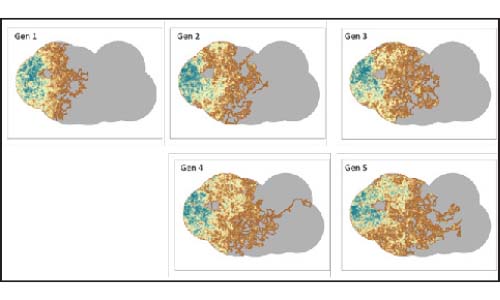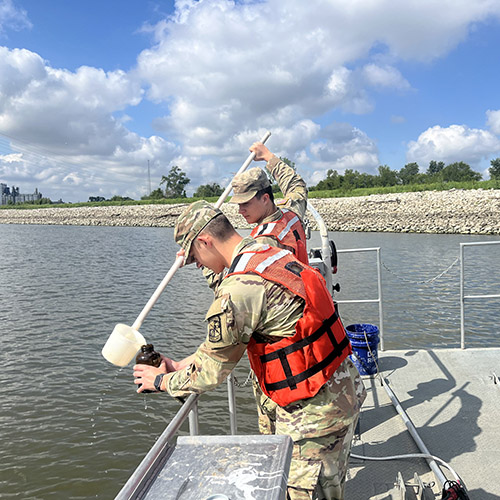Human Activity Among Wildlife
Influence of Human activity upon wildlife behavior and demography
 As the human population continues to grow, it becomes increasingly important to understand how various human activities impact wildlife species and environments.
As the human population continues to grow, it becomes increasingly important to understand how various human activities impact wildlife species and environments.
This project will study the effects of a wide range of human disturbances, including urban development, climate change and outdoor recreation, on wildlife abundance, survival, reproductive success, feeding behaviors and dispersal patterns.
The field data regarding individual species and habitats can then be input into existing computer modeling tools that have the ability to simulate scenarios and predict future impacts on a large scale, which would take several years and multiple empirical studies to achieve.
The outcomes of this project will provide tools for understanding how a wide variety of species are impacted by very specific scenarios of habitat change and what can be done to mitigate the negative effects. This includes conservation of existing lands, restoration of habitat and modifying human activity to accommodate wildlife.
Project Director: Dr. Patrick Zollner
10/01/2016 - 09/30/2021







